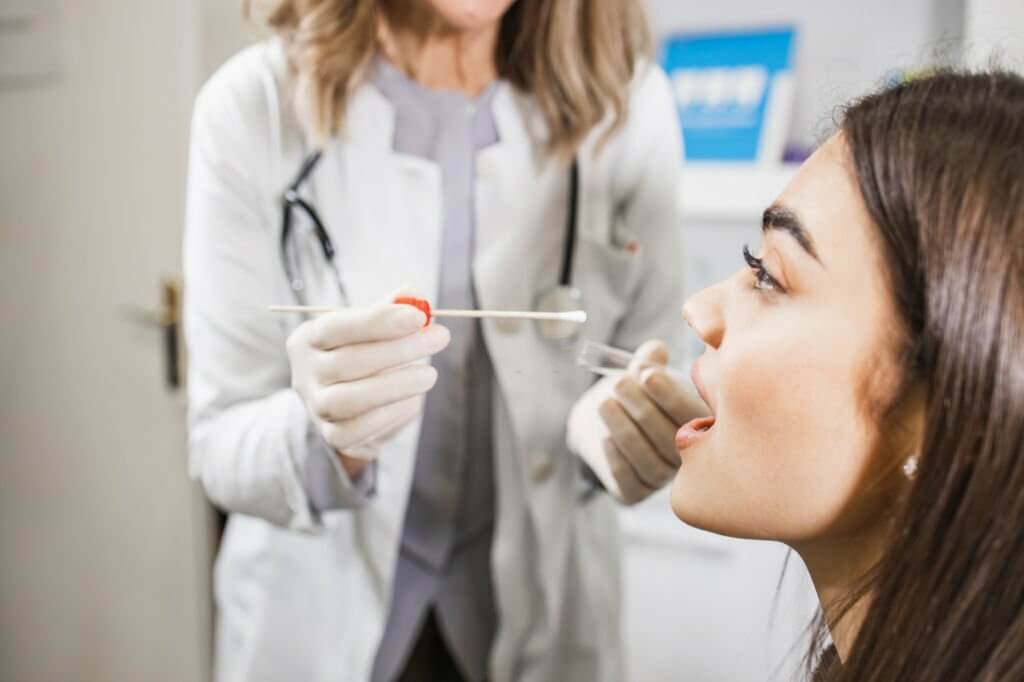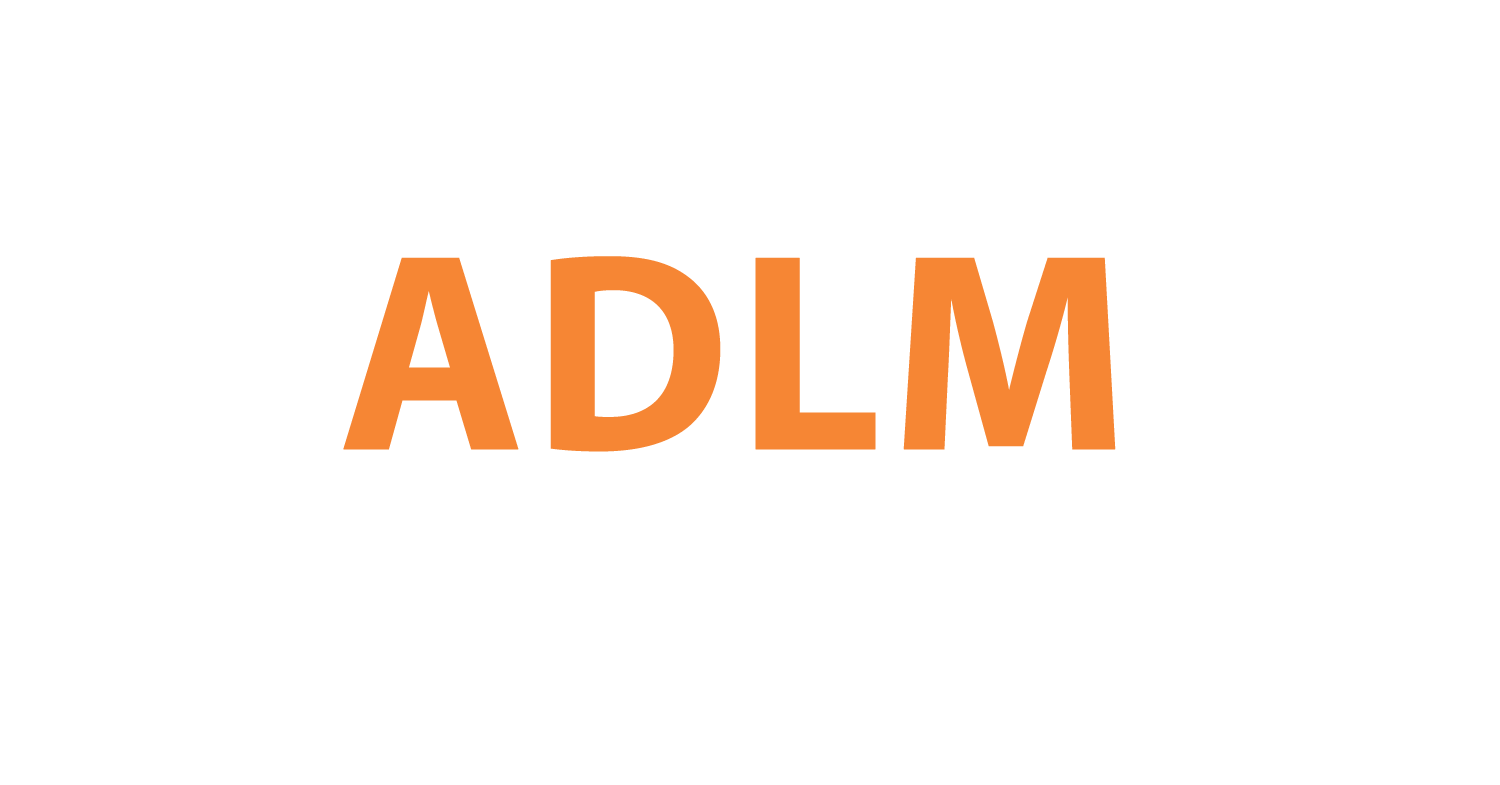Oral Sampling Swabs: A Promising Alternative for Infectious Disease Diagnosis

Oral sampling swabs are medical instruments specifically designed to collect samples from the inside of the mouth, encompassing regions like the cheeks, gums, and tongue. They typically consist of a handle attached to a soft, absorbent tip made from materials like cotton, polyester, or rayon. The swab is gently rotated against the inner surfaces of the mouth to collect cellular material or microbial specimens. Once collected, the sample can be stored and transported for subsequent laboratory analysis.
Oral sampling swabs are often utilized in diverse medical and genetic testing scenarios, ranging from identifying bacterial or viral infections to conducting DNA tests for paternity or ancestry purposes. The non-invasive nature of oral swabs has made them a preferred choice for many diagnostic and genetic assessments.
Oral sampling swabs have emerged as a promising non-invasive method for detecting infectious diseases, including those that primarily affect non-oral sites. Swabs of the tongue, buccal mucosa, gums, and other oral surfaces allow collection of saliva, oral fluids, and microbes residing in the mouth. When paired with sensitive molecular techniques like PCR, these samples can be analyzed for pathogens originating from the lungs, blood, and other areas.
Several studies have demonstrated the utility of oral swabs to diagnose respiratory infections like tuberculosis and COVID-19. For TB, tongue swabs analyzed by PCR were able to detect Mycobacterium tuberculosis DNA in many patients with culture-confirmed disease. Sensitivity ranged from 50-91% compared to sputum testing, with higher yields from tongue swabs versus buccal swabs. Oral swabs also augmented TB detection among some patients who could not produce sputum. For COVID-19, self-collected oral fluid swabs demonstrated up to 90% sensitivity for SARS-CoV-2 compared to nasopharyngeal swabs when patients were coached on proper technique. Saliva sampling has also shown excellent potential, but oral swabbing may produce more consistent results.
Oral swabs are also gaining traction for diagnosing viral infections like HIV, hepatitis C, Ebola, and others. Studies found over 90% concordance between oral swab antibody tests and traditional blood-based serology for HIV and hepatitis C screening. For Ebola, oral swabs were highly sensitive for detecting the virus in deceased individuals.
A major advantage of oral swabbing is that it allows self-collection of specimens. Patients can collect their own samples after simple instruction, reducing disease exposure risks for healthcare workers. This also facilitates large-scale screening programs in community settings. Oral swabbing is well tolerated, enabling sampling of children and other groups unable to produce sputum or undergo invasive procedures.
Oral swabbing does have limitations. Oral specimens likely contain lower pathogen levels than samples directly from infection sites, reducing analytical sensitivity. Some patient cohorts have shown lower oral swab sensitivity for TB and COVID-19 versus traditional samples. Swab storage/transport and test protocols designed for oral samples could help maximize results. There is also heterogeneity within the oral cavity, so consistent swabbing of optimal sites like the tongue is important.
In summary, a growing body of evidence supports oral swabbing as a viable alternative for diagnosing major infectious diseases. Self-collection is feasible with minimal training, providing a convenient way to screen large populations while protecting healthcare workers. Oral swabbing could become a preferred approach when invasive sampling is impractical or unacceptable. More research on swabbing protocols and customized diagnostic tests could help oral swabbing realize its full potential.
Click to View → Mantacc 93050L Oral Sampling Swabs
References
Valinetz ED, Cangelosi GA. A Look Inside: Oral Sampling for Detection of Non-oral Infectious Diseases. J Clin Microbiol. 2021 Sep 20;59(10):e0236020. doi: 10.1128/JCM.02360-20. Epub 2021 Apr 22. PMID: 33888590; PMCID: PMC8451410.









